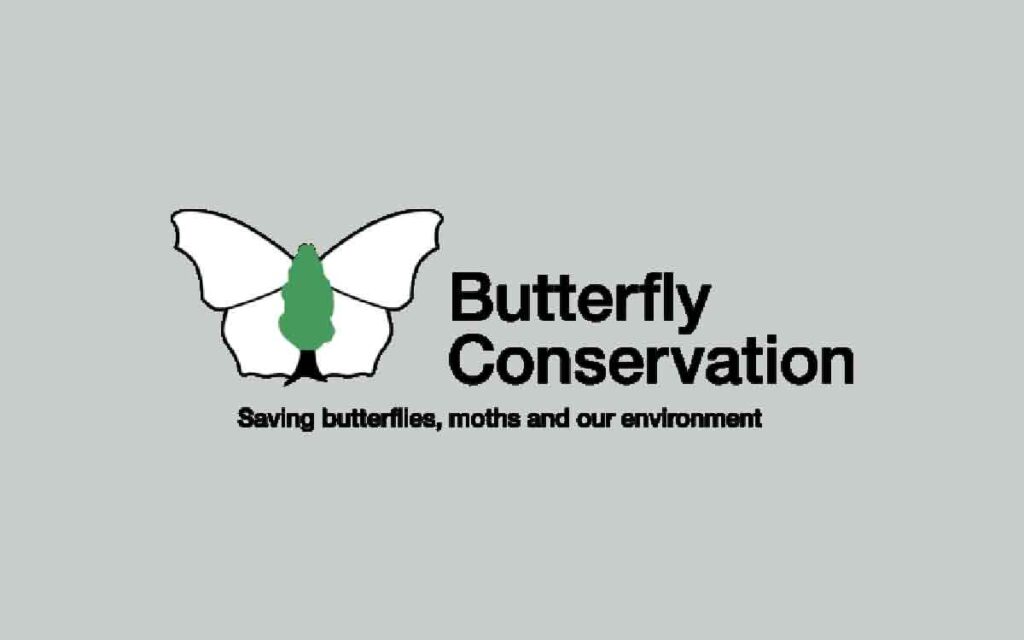Wildlife charity Butterfly Conservation has today declared a national ‘Butterfly Emergency’, with results of this summer’s Big Butterfly Count showing a marked and hugely concerning decline in numbers.
Overall, people who took part spotted just seven butterflies on average per 15-minute Count, a reduction of almost 50% on last year’s average of 12, and the lowest in the 14-year history of the Big Butterfly Count.
Worst summer
It was the worst summer in the Count’s history for Common Blue, Holly Blue, Green-veined White, Small White, Small Tortoiseshell, Painted Lady and Scotch Argus. And the majority of species (81%) showed declines in the number seen this year compared with 2023.
In total, just over 935,000 butterflies and day-flying moths were recorded across the UK from 12 July – 4 August, down almost 600,000, equivalent to more than a third of 2023’s total, and 9,000 Counts were logged as seeing zero butterflies, the highest in the citizen science programme’s history.
These figures have alarmed scientists and resulted in the charity declaring a nationwide ‘Butterfly Emergency’.
Dr Richard Fox, Head of Science at Butterfly Conservation, said:
“The previous lowest average number of butterflies per Count was nine in 2022, this latest figure is 22% lower than that, which is very disturbing. Not just that, but a third of the species recorded in the Big Butterfly Count have had their worst year on record, and no species had their best. The results are in line with wider evidence that the summer of 2024 has been very poor for butterflies.
“Butterflies are a key indicator species; when they are in trouble we know that the wider environment is in trouble too. Nature is sounding the alarm call. We must act now if we are to turn the tide on these rapid declines and protect species for future generations.”
Butterfly Conservation is writing an open letter to Steve Reed, Secretary of State for Environment, Food and Rural Affairs, calling for the Government to act now for nature by declaring a ‘Nature Emergency’ and banning butterfly-killing neonicotinoid pesticides once and for all, with no exceptions, before it’s too late.
Dr Fox explains:
“When used on farmland, these chemicals make their way into the wild plants growing at field edges, resulting in adult butterflies and moths drinking contaminated nectar and caterpillars feeding on contaminated plants. Many European countries have already banned these chemicals, it’s time for the UK to follow suit and put the natural world first. If we don’t act now to address the long-term drivers of butterfly decline, we will face extinction events never before seen in our lifetime.”
More than 85,000 citizen scientists took part in Butterfly Conservation’s Big Butterfly Count this year, submitting 143,241 Counts. This is equivalent to 35,810 hours, or four years worth of time spent counting, in gardens, parks, school grounds and the countryside.
Dr Richard Fox concluded:
“If every single person who helped with the Count this summer signs our letter to the Government, we could prevent the very real and pressing threat of species becoming extinct in our lifetime.”
To sign Butterfly Conservation’s letter to the Government asking them to declare a ‘Nature Emergency’ and ban butterfly-killing neonicotinoid pesticides visit: https://butterfly-conservation.org/emergency
Signing closes on Sunday 13 October 2024.
To find out more about Butterfly Conservation visit: https://butterfly-conservation.org/
BIG BUTTERFLY COUNT RESULTS 2024
Species results in the UK – Big Butterfly Count 2024
Next year’s Big Butterfly Count will take place from Friday 18 July – Sunday 10 August 2025.
UK Totals
| BBC 2024: UK | Abundance | Average per count | % change from 2023 | 14-year trend(bold = statistically significant) | |
| 1 | Gatekeeper | 190,413 | 1.5 | -18 | -32% |
| 2 | Meadow Brown | 177,844 | 1.4 | 6 | -15% |
| 3 | Large White | 138,424 | 1.1 | -38 | 2% |
| 4 | Small White | 112,814 | 0.9 | -46 | -19% |
| 5 | Peacock | 50,847 | 0.4 | -67 | -30% |
| 6 | Red Admiral | 47,109 | 0.4 | -82 | 28% |
| 7 | Ringlet | 44,278 | 0.3 | 85 | -47% |
| 8 | Speckled Wood | 30,112 | 0.2 | -2 | -38% |
| 9 | Comma | 24,498 | 0.2 | -52 | -20% |
| 10 | Green-veined White | 18,951 | 0.1 | -24 | -65% |
| 11 | Six-spot Burnet | 18,102 | 0.1 | 88 | – |
| 12 | Marbled White | 17,922 | 0.1 | 101 | -18% |
| 13 | Small Copper | 13,962 | 0.1 | -30 | 48% |
| 14 | Small Tortoiseshell | 12,432 | 0.1 | -74 | -59% |
| 15 | Common Blue | 9,755 | 0.1 | -69 | -52% |
| 16 | Brimstone | 8,622 | 0.1 | -53 | -18% |
| 17 | Holly Blue | 7,090 | 0.1 | -80 | 36% |
| 18 | Painted Lady | 4,170 | 0.03 | -66 | 9% |
| 19 | Silver Y | 4,101 | 0.03 | -30 | – |
| 20 | Jersey Tiger | 3,496 | 0.03 | -29 | – |
| 21 | Scotch Argus | 499 | 0.004 | -61 | – |
| Totals | 935,441 | 7 | -40 | – | |
